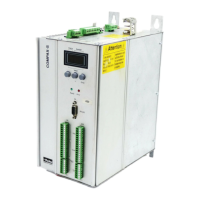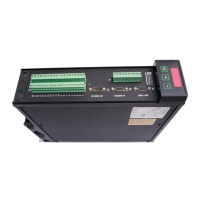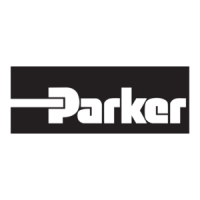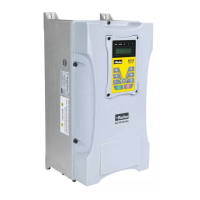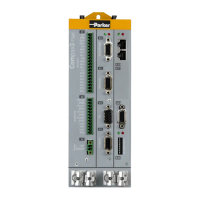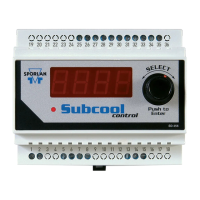1.7 Data types
1.7.1 Boolean
9
1.7 Data types
Physically, the types consist of one or more octets (Bytes).
One byte consists of 8 bits (Bit 0 to 7). Bit 0 is the LSB
(Least Significant Bit). A byte can also be depicted
hexadecimally (0x00 ... 0xff).
If a data type consists of n byte, the following applies:
Data byte 1 (Byte in address x) = highest value byte
Data byte n (Byte in address x+n-1) = lowest value byte
The data coding in this chapter and the value ranges for
the respective data types apply, unless otherwise explicitly
stated in the data description of a COMPAX communication
object.
1.7.1 Boolean
Depiction of the values TRUE and FALSE in a Byte (Octet).
Value
range
TRUE or FALSE Length 1 Byte
Coding FALSE is depicted by the value 0x00, TRUE
by the value 0xff
1.7.2 Integer
Integer values are signed quantities.
Type Value range
Length
Integer8
-128 ... +127
1 Byte
Integer16
-32 768 ... +32 767
2 Byte
Integer32
-2 147 483 647 ... +2 147 483 647
-2 147 483 648 (0x80 00 00 00)
"
Overflow
4 Byte
Coding
Two’s complement
In objects with the data type Integer32 it is possible that its
value lies outside the value range.
If this is the case, the corresponding object has the value -2
147 483 648 (0x80 00 00 00)
"
Overflow.
E.G. this is possible with the object LAGE_IST, as the
actual travel area of COMPAX M/S lies between +/- 4 000
000.
1.7.3 Unsigned
Unsigned values are unsigned quantities.
Type Value range Length
Unsigned8 0...255 1 Byte
Unsigned16 0...65 535 2 Byte
Unsigned32 0...4 294 967 295 4 Byte
Coding binary
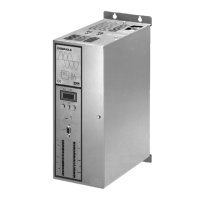
